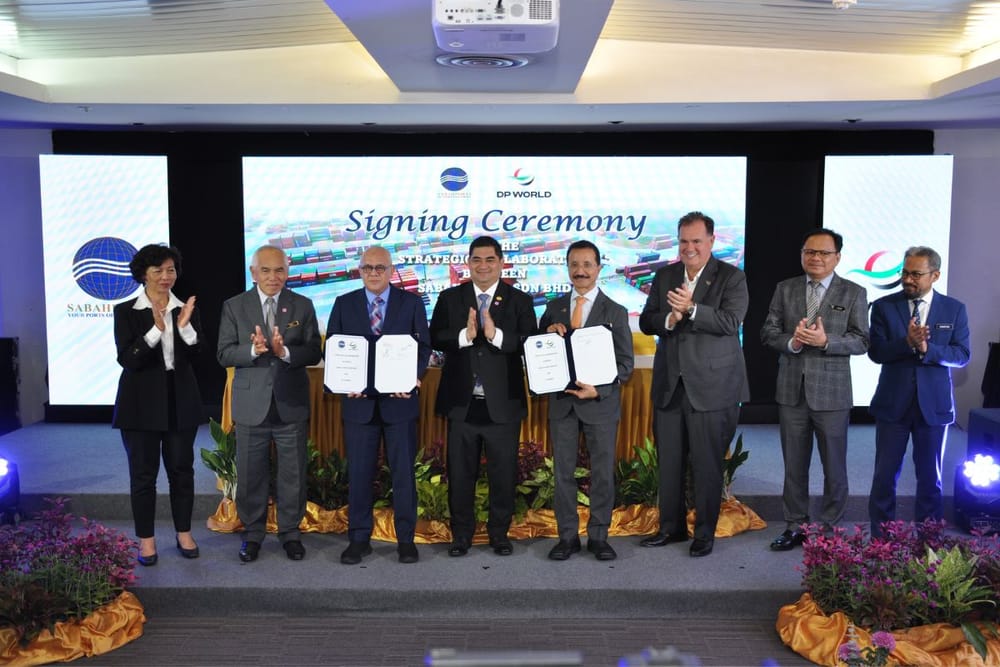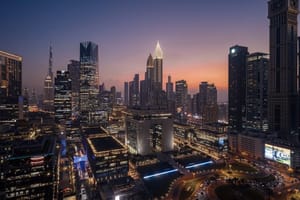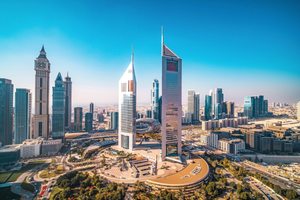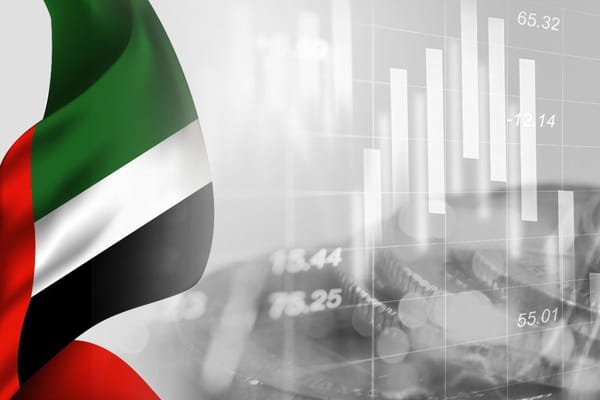DP World is bolstering trade and logistics connectivity in Southeast Asia through a series of strategic investments that expand its presence and enhance supply chain management across the region.
Last week, DP World Group Chairman and CEO, His Execellency Sultan Ahmed bin Sulayem toured the region, signing a significant partnership agreement in Malaysia and opening two new facilities in the Philippines.
In its first venture in Malaysia, DP World signed an agreement with Sabah Ports – a wholly owned subsidiary of Malaysia’s publicly-listed Suria Capital Holding Bhd – to establish a partnership to manage Sapangar Bay Container Port in Sabah. The collaboration doubles the port's handling capacity, transforming the state into a pivotal trade hub within the East ASEAN Growth Area.
In the Philippines, the chairman inaugurated a major upgrade at the Batangas Passenger Terminal, which has doubled capacity to 8 million passengers a year. Located 110 km from Manila, the terminal serves as the country's largest inter-island hub, enhancing connectivity between mainland Luzon and the surrounding island provinces. The modernisation initiative was officiated by His Excellency Ferdinand R. Marcos Jr., President of the Republic of the Philippines.
He also opened the new Tanza Barge Terminal at Cavite, providing a direct sea link to Manila and making the transport of goods to and from the capital more seamless. The terminal is expected to handle up to 240,000 TEUs a year and save approximately 150,000 truck trips annually.
"The Asia Pacific region is a cornerstone of our global growth strategy. As the world's largest and fastest-growing market for outsourced logistics, we see immense potential here. We are committed to driving regional growth through partnerships and investments that improve trade connectivity for local businesses and communities,"
said H.E Sultan Ahmed bin Sulayem.
DP World established Singapore as its Asia Pacific headquarters in 2021 and has been actively expanding its footprint across the region ever since. Today, it operates 19 ports and terminals in Australia, China, Indonesia, Malaysia, the Philippines, South Korea, Thailand and Vietnam.
“We see significant potential in Southeast Asia as a growing hub for global trade, driven by strong economic growth and intra-regional trade. And investments in the region will continue as companies explore ways to build resilience into their supply chains through diversification,”
said the chairman.
"The opportunities for growth in APAC are vast and multifaceted. From the burgeoning logistics market in Greater China to the export-driven economies of Southeast Asia and the mature markets of North Asia, we are strategically enhancing our end-to-end capabilities across various sectors. Our goal is to create seamless and efficient trade and supply chains throughout the entire region,"
he added.
News Source: Dubai Media Office









